When it comes to eating chicken in Japan, most folk, whether eager visitor or seasoned resident, plump for that eternal favorite on a stick, yakitori.
Or, for those with a penchant for izakaya fare, crispy, deep-fried karaage works too -- like yakitori, it tastes great with beer, shochu or pretty much anything cold, after all.
But delve a little more deeply into Japan’s cuisine du coq and there’s another prize-winning poultry contender to consider in the delicious, juicy form of Miyazaki jidori free-range chicken from the southern island of Kyushu.
The chicken, one of a handful of poultry breeds indigenous to Japan, boasts a low fat-to-flesh ratio, a non-gamey smell and a springy, toothsome texture.
Created through crossbreeding and agricultural experiments in the mid-twentieth century, Miyazaki jidori are raised without hormones and antibiotics and are designed to outlive their more common cousins (six-week “meat” birds) by anywhere from 60 to 120 days.
Clearly, these free-rangers live pretty decent lives, yet at first glance the most popular dishes featuring Miyazaki jidori look all wrong -- they just seem a bit, well, dull.
In fact, the Miyazaki experience is quite the opposite, so here’s why it’s best not to judge a chook by the cover.
Nanban chicken
 Nanban chicken might not look like much, but it's a winner in the "Damn, that's good" stakes.
Nanban chicken might not look like much, but it's a winner in the "Damn, that's good" stakes.
Enter Exhibit A, nanban chicken -- a deep-fried cutlet or pieces of succulent thigh meat doused in vinegar before being smothered in a mayonnaise-like tartar sauce.
This "B-grade" comfort food hails from a family restaurant in Nobeoka City in Miyazaki Prefecture.
It gained fans across Japan when similar restaurant chains nationwide cottoned onto the dish and it also became a staple in convenience-store bento boxes, but those are never quite the real deal.
To avoid crying fowl over inferior non-Miyazaki chicken, head to Kagura in Roppongi, where the proof of this poultry is government certified.
More on CNNGo: B-Grade gourmet boom in Tokyo
Like its bovine counterpart, Kobe beef, the Miyazaki jidori brand is safeguarded by farmers and various industry associations.
Piquant without being peaky, Kagura’s nanban is available in two sizes (small at ¥680 (US$8.50), large at ¥1,180) -- the smaller best for two to share if deciding to try a number of dishes.
And try different items you should -- the restaurant’s seasonal menu boasts a number of vegetable and game dishes all sourced from Miyazaki and surrounding prefectures.
Deep-fried lotus root from Saga Prefecture stuffed with minced chicken (¥580) and chargrilled bamboo shoots from Kagoshima Prefecture (also ¥580) are just a couple of the blink-and-you’ll-miss delicacies currently on offer.
Despite Kagura’s popularity with groups of Roppongi office workers, solo diners are also well catered for, given that most of the restaurant’s seating looks to the kitchen from behind a long, well-ventilated counter area.
Kagura, Morino Bldg, 7-12-2 Roppongi, Minato-ku, Tokyo, +81 (0) 3 5411 3305. Open seven days for lunch and dinner. Website.
Sumibiyaki chicken
 No messing around with sumibiyaki -- just no-nonsense chargrilled goodness.
No messing around with sumibiyaki -- just no-nonsense chargrilled goodness.
Exhibit B in the Miyazaki jidori hall of fame -- chargrilled, or sumibiyaki, chicken -- looks better than the nanban, but only just.
Bite-sized morsels of smoky, blackened, almost wizened chicken arrive sitting atop roughly hewn cabbage leaves on a sizzling hotplate.
Yet when it comes to flavor, this bird is more beauty than beast, the flesh pleasingly chewy and unctuous.
Again, head to a bona-fide eatery to ensure guaranteed quality and authenticity.
The Kuruma chain of restaurants has eliminated the middleman, sources from producers directly and takes pride in its ability to deliver from farm gate to restaurant plate within 24 hours.
Smallish plates of Kuruma’s sumibiyaki chicken range from ¥980, but for indecisive diners course menus priced at ¥3,000, also including chicken sashimi (more on that shortly), may be the best-value option.
Chicken sashimi
 Hands up for a plate of raw chicken. It's better than you think. Really ...
Hands up for a plate of raw chicken. It's better than you think. Really ...
Adventurous eaters -- especially fans of both sushi and chicken -- are encouraged to try Exhibit C, chicken sashimi.
While raw or semi-cooked chicken is a culinary no-no in the West, any Japanese poultry purveyor worth his dipping salt will have chicken sashimi or a variant on the menu.
At Kuruma, where the chicken is extremely fresh, slivers of melt-in-the-mouth sashimi (from ¥1,575) are served alongside condiments that normally accompany their fishy facsimiles, such as wasabi, ginger, soy sauce and daikon.
For the reticent, or those who believe a raw-food diet should encompass only vegetarian foodstuffs, partially cooked chicken may be a better option.
Kuruma’s jidori tataki -- lightly seared thigh meat, chopped finely and topped with a bed of thin-sliced leeks, ginger and a ponzu dipping sauce (¥840) is a refreshing and almost palate-cleansing dish sure to persuade even the most stubborn out of the red-meat camp.
Kuruma has various branches throughout metropolitan Tokyo. For a full list see the companywebsite.
Alternative eats
Little time or cash to spare but still hankering for some chicken?
Conveniently located near Shinjuku Station’s New South Exit, the café at the Miyazaki Prefecture antenna shop -- a store boosting regional goods and artisanal delicacies from the prefecture -- sells small plates of both nanban and sumibiyaki chicken with sliced cabbage for roughly ¥550 a pop.
Peckish types can instead order larger teishoku set meals (from ¥700) that include rice and miso soup.
The addition of a microbrewed pale ale or dark lager (¥600) from the Hideji brewery will break the thousand-yen barrier, and if you plan instead on taking some chicken back home, retort packs, frozen goods and long-life refrigerated items (from ¥370) are also there for the taking.
Shinjuku Miyazaki Konne, Shinjuku Southern Terrace, 2-2-1 Yoyogi, Shibuya-ku, Tokyo. +81 (0) 3 5333 7764. Website.
More on CNNGo: Cheap eats in Tokyo
 Mr. Okada Keiji
Mr. Okada Keiji
 When steaming Asahi crab, become bright red
When steaming Asahi crab, become bright red
 Remove the shell once to make it easier to eat
Remove the shell once to make it easier to eat Look in the back of the belly of crab miso rich flavor
Look in the back of the belly of crab miso rich flavor Uchiko is only to female delicacy. A thick
Uchiko is only to female delicacy. A thick
 Delicate dish is created using only the crab loosened
Delicate dish is created using only the crab loosened


 One article that combined sea urchin and Asahi crab steamed, to those loosened only the Asahi crab (photo left back). About 3000 yen in this one dish
One article that combined sea urchin and Asahi crab steamed, to those loosened only the Asahi crab (photo left back). About 3000 yen in this one dish




 Matsudaira's forest
Matsudaira's forest
 I boil the Asahi crab of 40 at a time in large pot
I boil the Asahi crab of 40 at a time in large pot
 Asahi Crabs Yudeaga~tsu. In this size, those 500g, boiled will be about 420g of raw ones
Asahi Crabs Yudeaga~tsu. In this size, those 500g, boiled will be about 420g of raw ones
 I remove the shell
I remove the shell Crab miso is also closely in
Crab miso is also closely in
 Keep off so easy to eat
Keep off so easy to eat
 Mori with a network that is used for Asahi crab fishing
Mori with a network that is used for Asahi crab fishing

 "Asahi crab" to appear as one article of the (¥ 4,200 ~) course meal of summer. 200g1800 yen When it is one piece of article
"Asahi crab" to appear as one article of the (¥ 4,200 ~) course meal of summer. 200g1800 yen When it is one piece of article

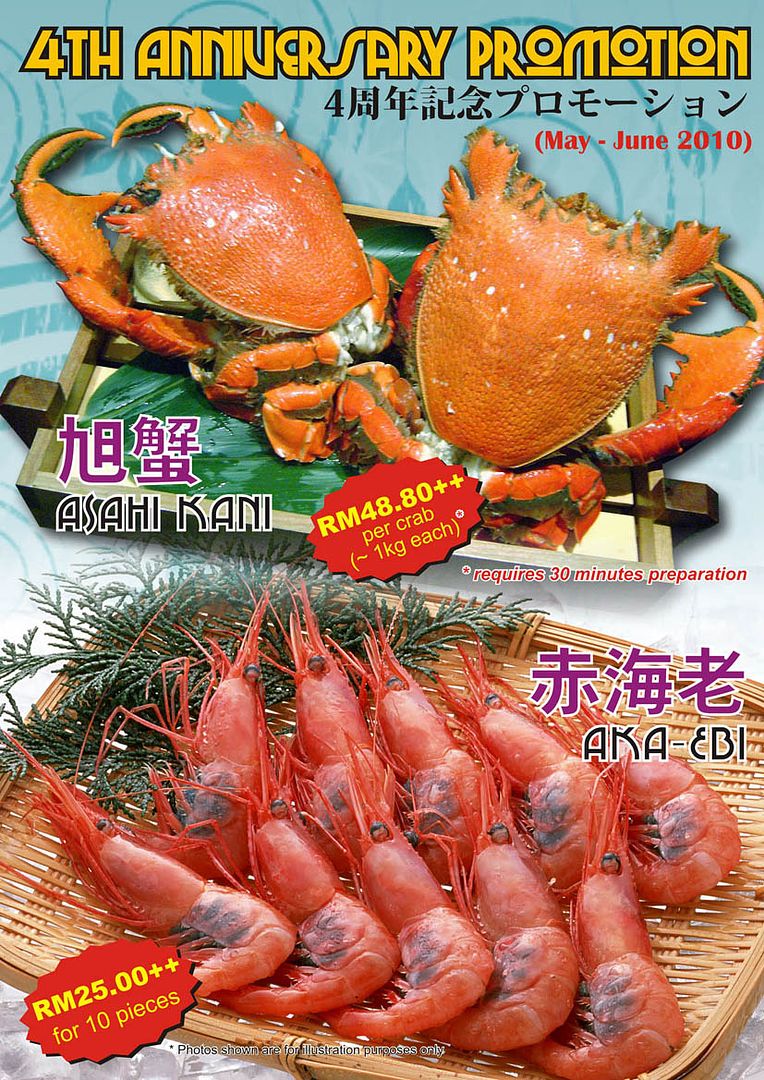
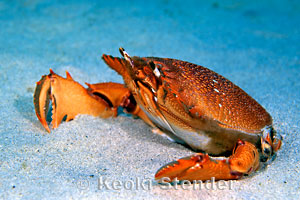
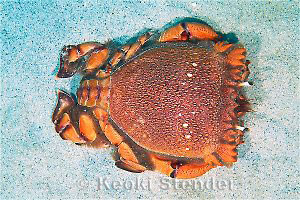
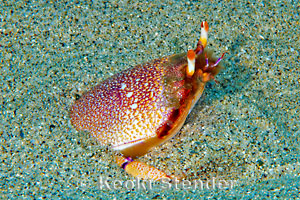
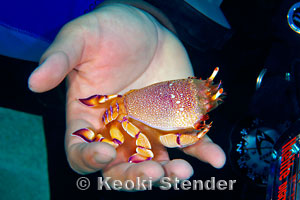
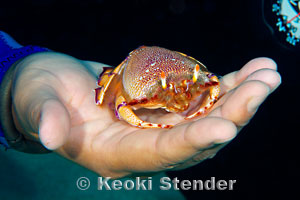
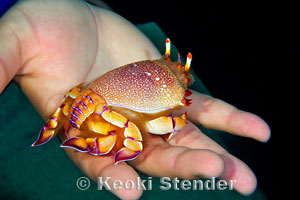

 Tsukano Tsugutoshi's
Tsukano Tsugutoshi's I loosen the only horse mackerel baked
I loosen the only horse mackerel baked I firmly grind the bones of horse mackerel, only
I firmly grind the bones of horse mackerel, only The grind in addition miso, tofu also
The grind in addition miso, tofu also To drill a hole stretched thin on the inside of the mortar When the entire together
To drill a hole stretched thin on the inside of the mortar When the entire together Bake in a manner covered with a mortar on top of the gas. Source of cold juice is ready if Yakere brown
Bake in a manner covered with a mortar on top of the gas. Source of cold juice is ready if Yakere brown


 "Cold soup set meal" for 840 yen, aiming exquisite cooked also stick
"Cold soup set meal" for 840 yen, aiming exquisite cooked also stick
 Matsudaira's forest
Matsudaira's forest I go to clean each one plays the Quirico D'. Mori says "hand is the best cooking tools" and
I go to clean each one plays the Quirico D'. Mori says "hand is the best cooking tools" and I go to powder in a mortar and pestle Quirico D'. Pestle is because you are made of wood pepper of Nishimera
I go to powder in a mortar and pestle Quirico D'. Pestle is because you are made of wood pepper of Nishimera Quirico D'you became a powder. Per wrapped in fragrant aroma
Quirico D'you became a powder. Per wrapped in fragrant aroma


 "Asahi crab" and 200g1800 yen to enjoy the taste of the material itself and steamed, "seared bonito" 1200 yen. Summer one article of the season both
"Asahi crab" and 200g1800 yen to enjoy the taste of the material itself and steamed, "seared bonito" 1200 yen. Summer one article of the season both


 Mitsuru Ueda's good
Mitsuru Ueda's good
 The sprinkling salt and pepper salt and koji in the leg chopped
The sprinkling salt and pepper salt and koji in the leg chopped
 Raise the flame to put the fat of chicken in a charcoal fire, burning in the thigh
Raise the flame to put the fat of chicken in a charcoal fire, burning in the thigh The baked turns completely black
The baked turns completely black Special miso of feelings can be served
Special miso of feelings can be served


 "Thigh grilled specialties" 1,290 yen special miso you and Piriri is served
"Thigh grilled specialties" 1,290 yen special miso you and Piriri is served
 Mr. Kenji Kuroki
Mr. Kenji Kuroki
 The sprinkling the salt roasted specialty in chicken thigh sliced
The sprinkling the salt roasted specialty in chicken thigh sliced
 Was placed in a charcoal fire the fat of chicken, to create a flame in on the network further
Was placed in a charcoal fire the fat of chicken, to create a flame in on the network further
 I bake in flames
I bake in flames
 It is possible that the original firing units, put on top of the iron plate meat burned from gap to match the width of the spatula
It is possible that the original firing units, put on top of the iron plate meat burned from gap to match the width of the spatula By heating iron dish each, Serve with yuzu pepper
By heating iron dish each, Serve with yuzu pepper


 "Premium thigh baked" large 400g2, 730 yen. In addition, I can choose the amount 300g2, 100 円 in, and Shaw 200g1, 470 円
"Premium thigh baked" large 400g2, 730 yen. In addition, I can choose the amount 300g2, 100 円 in, and Shaw 200g1, 470 円
 Kuroki Koichi
Kuroki Koichi
 And stir in the salt roasted chicken thigh in special
And stir in the salt roasted chicken thigh in special
 Stir to put the fat of chicken and place on top of the net
Stir to put the fat of chicken and place on top of the net
 Bake rolled with a spatula fire to pass through to 1pc
Bake rolled with a spatula fire to pass through to 1pc
 Finally, burn so as to be lumped whole
Finally, burn so as to be lumped whole
 Was placed on top of the iron plate with chicken thigh, to heat the iron plate garnished with yuzu pepper
Was placed on top of the iron plate with chicken thigh, to heat the iron plate garnished with yuzu pepper


 Use the breast meat, "cheese grilled chicken Miyazaki estate steward" of Italian taste plenty large 300g1, 530 yen special pizza sauce and cheese. Some other, 200g1, 120 円 in the small circle 100g820
Use the breast meat, "cheese grilled chicken Miyazaki estate steward" of Italian taste plenty large 300g1, 530 yen special pizza sauce and cheese. Some other, 200g1, 120 円 in the small circle 100g820








